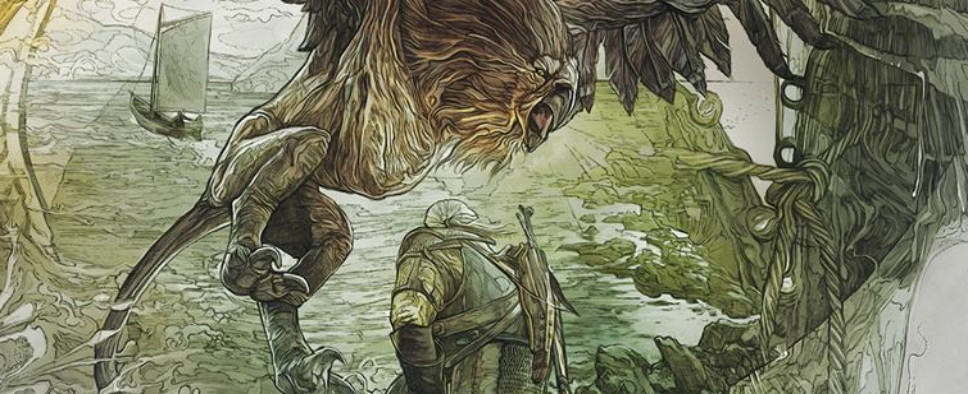The Witcher 3: Wild Hunt GameSpot Interviews
-
Category: News ArchiveHits: 2131

GameSpot has published the full interviews editor Danny O'Dwyer conducted with the CD Projekt RED team while in Poland. Snippets of them were previously used for their three-part video series on The Witcher 3: Wild Hunt, but this is the first time they're published in their entirety.
These interviews include one with lead quest designer Mateusz Tomaszkiewicz (from which I quoted our article's generous excerpt), one with senior environment artist Jonas Mattsson, one with lead character artist Pawel Mielniczuk, and, of course, one with company co-founder Marcin Iwiński, who has always been rather outspoken about the company's work:
In one of the sidequests I played, there's a dwarf whose forge was burnt down. I hunted this guy down, the guy who committed it, and he's drunk. I put a spell on him and brought him back. And I thought, "Yeah, now the dwarf's going to give him a punch or something." But he had him hanged! I'm like "Holy shit!"
I wouldn't have done that if I knew that would happen.
Yeah. when we design quests and story lines, we always try to keep everything in the context of the world. Basically in this situation, this dwarf was inhabiting a village that was conquered by the Nilfgaard Empire, and they believe themselves to be very just. But their laws can be perceived as cruel by some. For burning someone's property, especially a dwarf that works for the Guardians, it's basically perceived as sabotage. Like military sabotage.
So, if you analyze it like this, this shouldn't be so surprising. But if you look at it from the human perspective, like you did, it might seem downright evil.
You talked about how the side quests don't feel like side quests. For instance Keira was helping me in the underground dungeon in one of the early-on quests. Then it finished, but she's like "Oh, can you help me with something?"
I could have just walked out, but I decided to help her. And when I helped her with this small riddle, it opened up a whole other quest.
Actually the thing you mentioned is another whole line of quests. It's not just a single quest. It's basically the story line of this character. Unraveling it can have consequences for the world. It can basically impact what will happen later on in the main story line. These side quests are intertwined with the main story line very strongly.
How many of those side quests are there in comparison to the ones in the main story?
I can roughly tell you the number of story lines. I think it's about 8 or 10, and each one of those has 3 side quests. Something like that.
Aside from that we have also normal side quests, which are totally not connected to the main story line.
When you complete the main quest, can you go back to some of those longer side branches, or will not doing them hurt you a lot for the main quest? How does all that work?
Okay, so we have the main story line and very important story branches. These branches end as you progress with the main story line, but there are also side quests, big side quests, that are not dependent on the main story line at all. Once you end the game you can continue playing those.
If you do not complete these side branches it also has an impact on the main story line. That's why you can't go back and change them, because then you would cheat the game.
For example, you mentioned this quest with a sorceress. If you ignore this side quests line, you will learn what happened to the sorceress in the main story line later. If it already happened to her, you can't go back and change that.
But, obviously, you can play the game again and change what would have happened if you had play differently.
Do all of them have impact on the main quest, or do some of them not really matter?
Branches connected to the main story line do have impact. Some of them have very, very big impact on the main story line and on the endings themselves.
We have three alternate endings and about 36 or more combinations of ending states for the world. The branches impact those very heavily.

